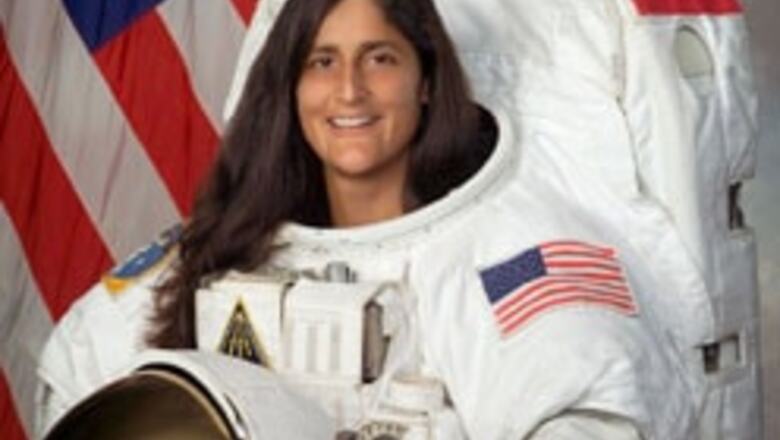
views
Washington: After nearly three months at her home in space, Indian American astronaut Sunita Williams is eagerly awaiting a consignment of her favourite samosas.
She found saag paneer and chole in her "bonus containers" which she shared with her crewmates, Russian cosmonaut Mikhail Tyrurin and mission commander Michael Lopez-Alegria, at the International Space Station (ISS).
"Maybe a little too hot for some" without rice, roti or raita, Williams said in a chat with an official State Department website about her experiences in orbit. "Hopefully I'll be getting some samosas before too long,” she added.
Although it was difficult for her to name one activity as her favourite, dinnertime ranked high.
"At the dinner table down in the Russian segment service module where we all get together at night and eat and trade stories about the day, it always ends up being a good laugh and a lot of fun,” Williams said.
She added, "The camaraderie of living on a small ship and working together is probably the best part of this."
Williams who arrived at International Space Station (ISS) on December 11, 2006, for a six-month tour of duty logged a total of 28 hours and 17 minutes in four spacewalks in February, setting a record for women astronauts.
However, she said, "I believe there is a generation of explorers behind me who are going to shatter my record." She foresees manned missions to the moon and even Mars in the coming years.
Williams says life as an ISS crewmember is a busy one, inside or outside the space station.
"Every day is a little bit different. We get a plan by the week and there's an amazing number of things that we are doing from science to maintenance to EVAs [Extra Vehicular Activity], which are space walks-to robotics." The crew also works out every day.
"That's part of our maintaining of our bone and muscle while we're up here in microgravity."
PAGE_BREAK
The view is "amazing". After a month of watching the computer map that monitors the ISS location above earth, Williams now can recognise the continents herself.
"You get pretty good at geography up here because you have some time to look out the window. It's really a nice benefit."
She says her ISS experience has affected her outlook. "It just makes you realise a lot of things about your life", not only about people but the planet.
From the space station windows, "You can see the small, little atmosphere that protects us. We are only 200 miles or so above the earth and we are already in a microgravity environment where it's very harsh, in the vacuum of space. And it's hot and cold out there, and you realise there's not much protecting this planet." She added, "We need to take care of it."
"Looking down at the planet, looking out at the wonderful places that there are in the world to go to, you don't really think about any of the problems that are down there you just look at the geography and go, 'Wow! That's a really great place; I'd love to visit that one day'."
"One of the really great aspects of the International Space Station is that it is international," Williams said.
"We've had 16 countries working on this project. It's one of the most amazing engineering projects in the world,” she added.
Countries that were formerly at odds now join together on engineering, medical and scientific research of all types on the ISS. "I think that's just an example of how to work together," she said.












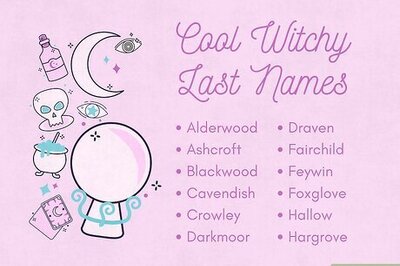


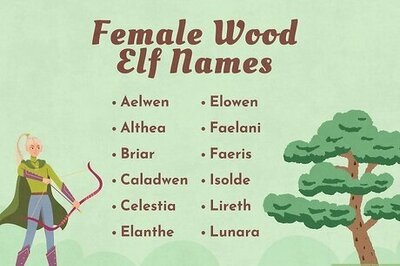
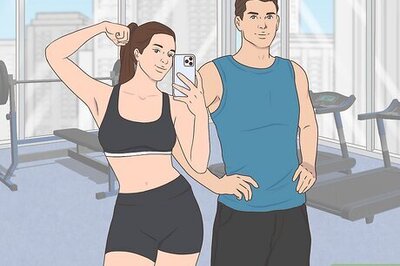
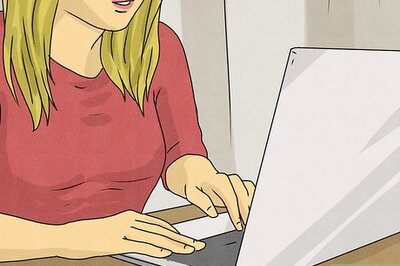
Comments
0 comment